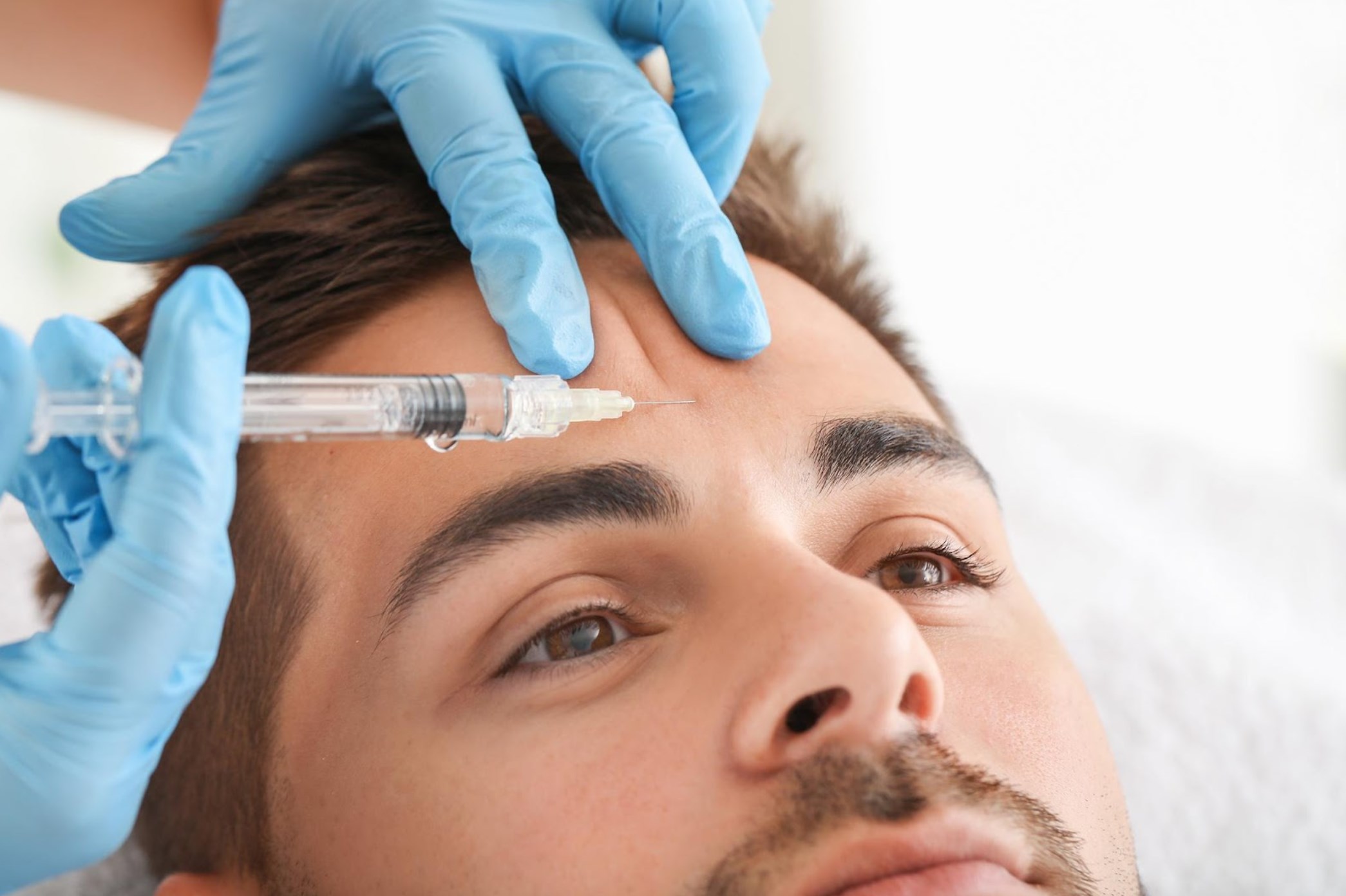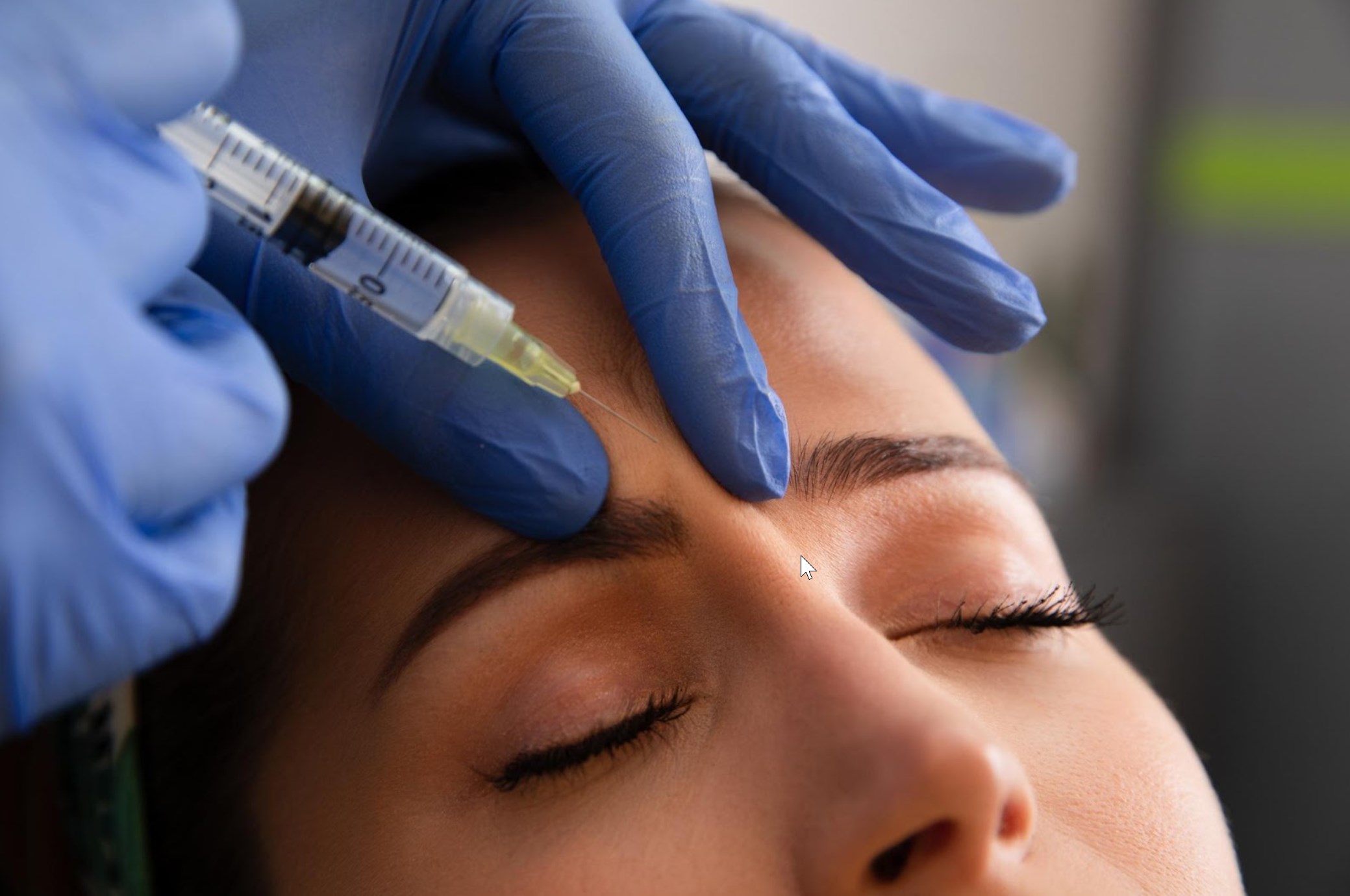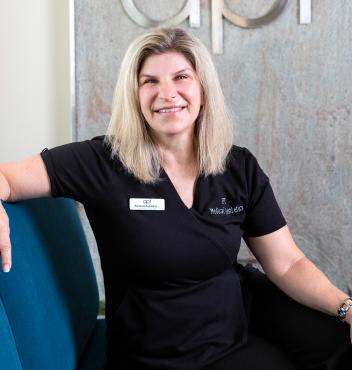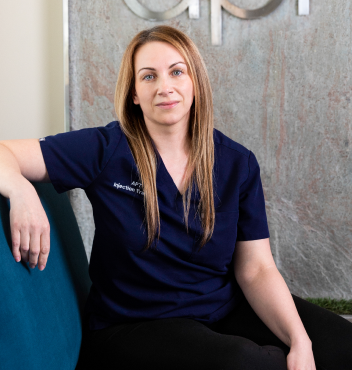blog
Swollen Eyelids After Botox – When It’s Normal and When to Be Concerned
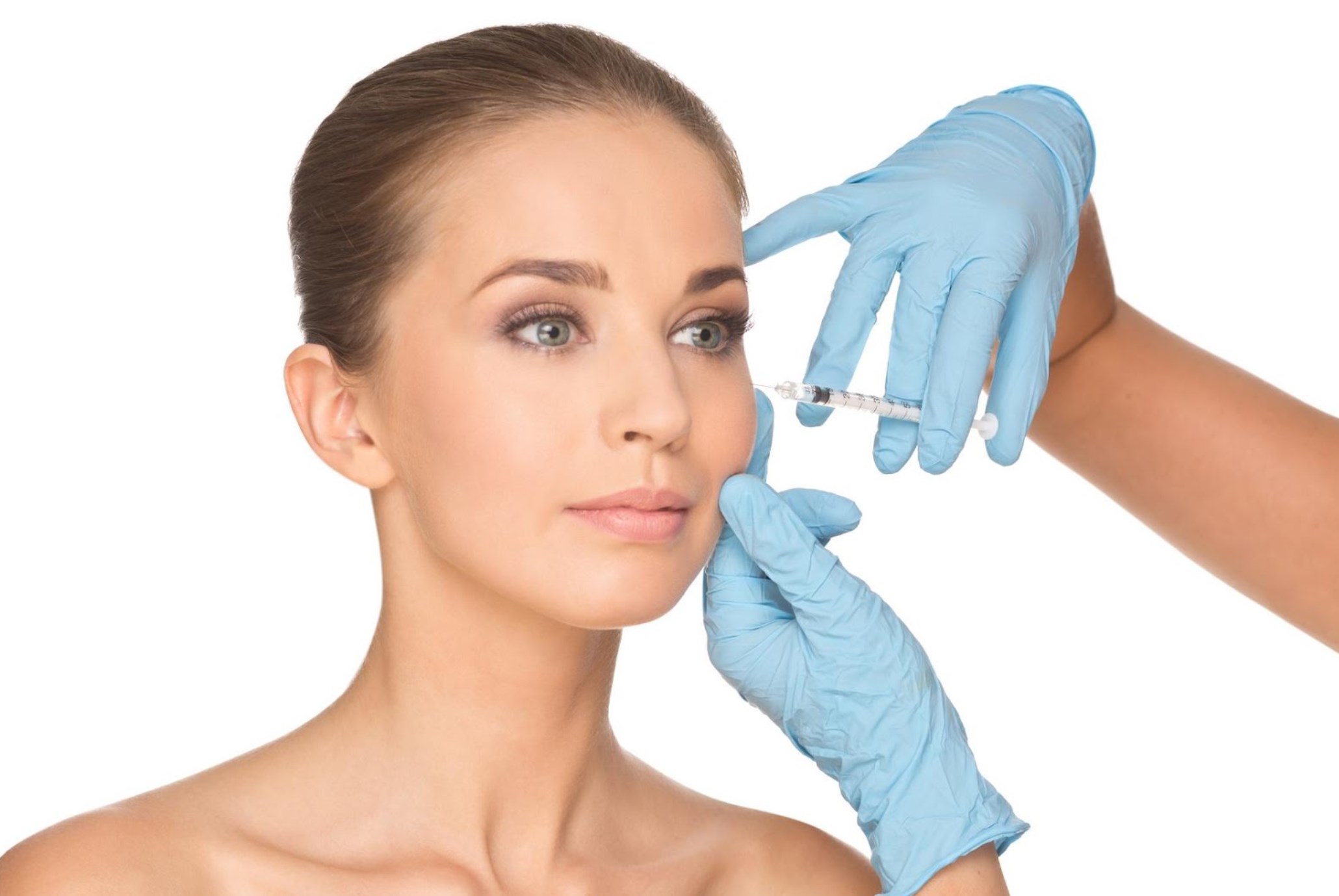
Jul 11 2025
Reading Time: 7 Minutes
Author:
It’s a familiar scenario in aesthetic practice. A patient reaches out a couple of days after their Botox® appointment, attaching a selfie and a nervous message.
“My eyelids look puffy. Is this normal?”
You take a closer look. There’s some mild swelling, but nothing dramatic. Still, their concern is real—and so is your responsibility. Is it just part of the natural healing process? Or could this be the early onset of a complication like Botox eyelid droop or Botox gone wrong?
As a medical aesthetic injector, these are the moments that define your expertise. Being able to confidently differentiate between a common, temporary response and a potentially serious issue is essential—not only for patient safety but also for maintaining trust, credibility, and satisfaction.
Swelling after Botox isn’t unusual, especially when treating high-mobility, high-sensitivity zones like the glabella and periorbital region. In most cases, it’s a harmless byproduct of injection-related trauma or mild inflammatory response. But when swelling is persistent, asymmetrical, or accompanied by functional changes, it might signal something more concerning.
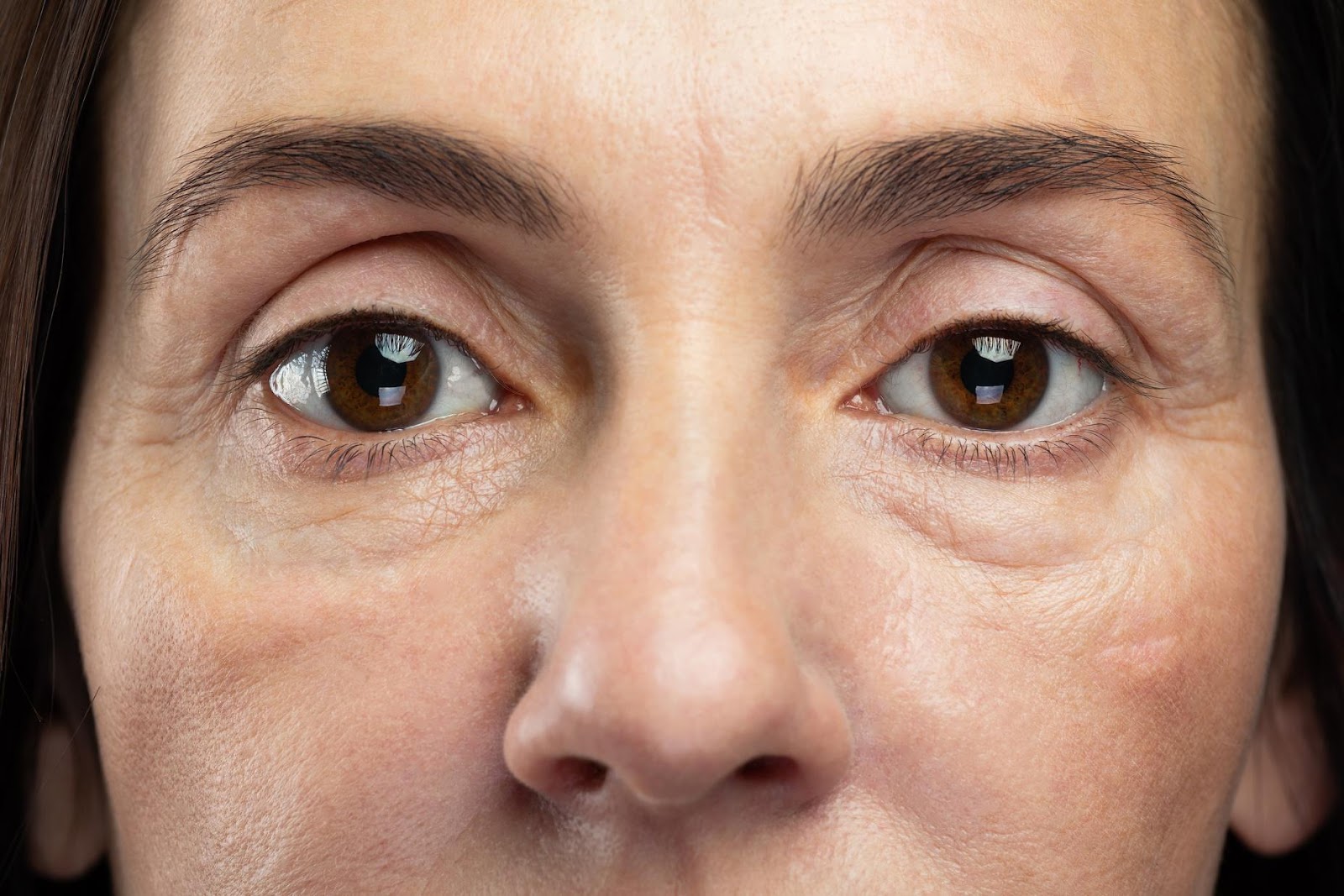
All images used under license from Canva. © APT Medical Aesthetics, 2025. All rights reserved.
And here’s where the real skill of an injector comes into play—not just in how well you inject, but in how well you assess, educate, and manage.
This training-focused blog will walk you through the clinical nuances of swollen eyelids after Botox. You’ll learn what’s normal and what’s not, how to recognize early warning signs, how to respond appropriately, and how to guide your patients with clarity and confidence. Whether you’re a new injector navigating your first post-treatment text or an experienced clinician refining your protocol, this resource will help sharpen your decision-making and strengthen your patient care.
Let’s take the uncertainty out of swelling—and turn it into another opportunity for clinical excellence.
A Real-World Case – When Swelling Wasn’t What It Seemed
During a recent training session at APT Injection Training, one of our nurse trainees treated a live model for glabellar lines. The model returned 48 hours later with mild swelling around the upper eyelids and voiced concern that something had gone wrong.
The trainee, concerned it might be a case of Botox eyelid droop, was unsure how to respond. But under the guidance of our clinical educators, she was able to assess the situation properly. There was no loss of muscle function—just superficial swelling, likely related to post-injection fluid retention and increased vascular sensitivity in the area.
The swelling resolved within 72 hours, and the client was fully satisfied with their results. But the experience served as a valuable lesson – education, communication, and proper assessment skills make all the difference.
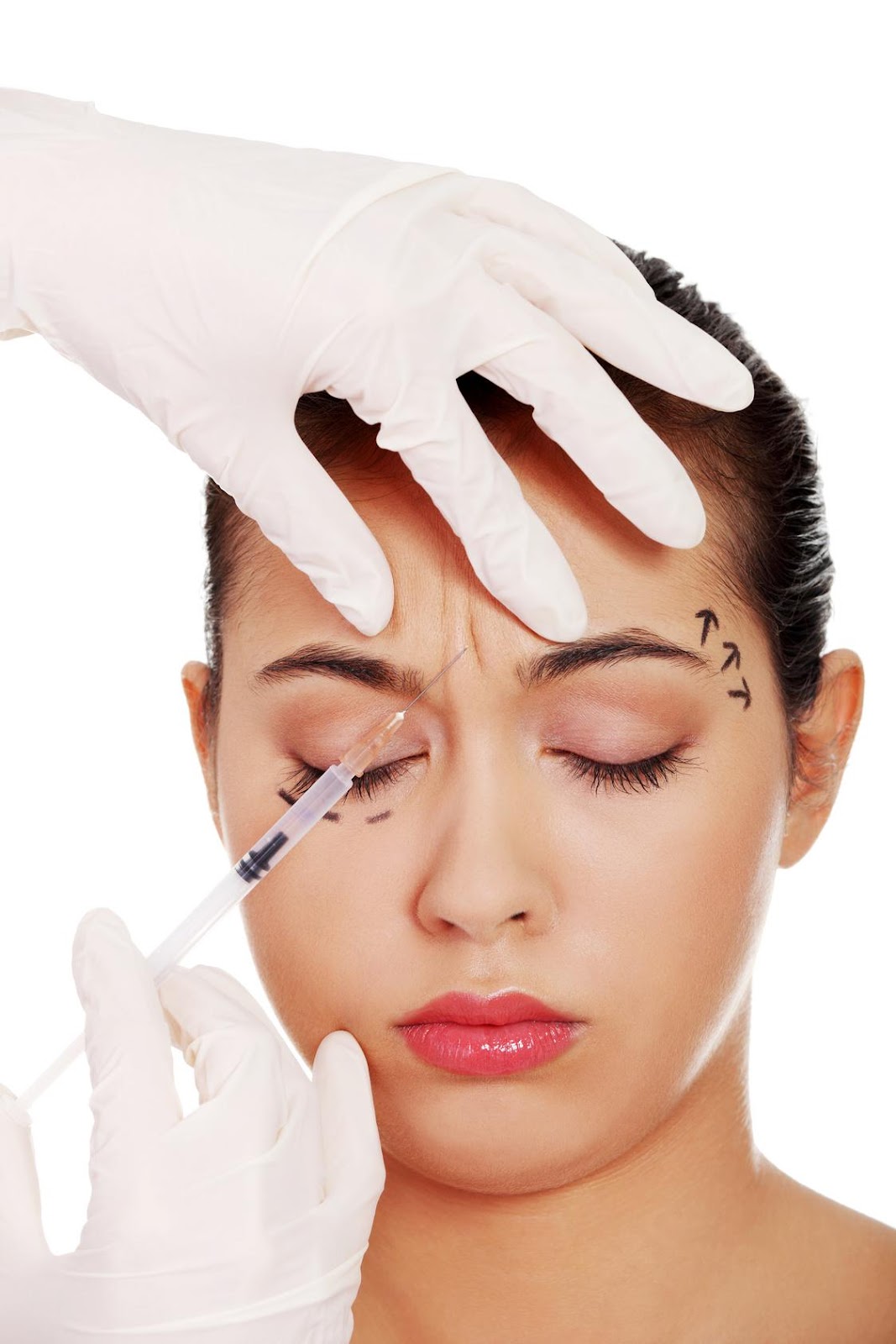
All images used under license from Canva. © APT Medical Aesthetics, 2025. All rights reserved.
The What and Why – Understanding Swollen Eyelids After Botox
Swelling around the eyes post-Botox is common—and in most cases, completely normal. Here’s why it happens.
- Injection site trauma – Even with a fine needle, puncturing the skin causes micro-injury, triggering a localized inflammatory response.
- Vascularity of the orbital area – The periorbital region is rich in blood vessels and lymphatics, making it more reactive to any form of treatment.
- Lymphatic sluggishness – Temporary interference with muscle movement or lymphatic drainage may cause mild puffiness, especially when patients lie down or sleep shortly after treatment.
- Histamine response – Some patients naturally swell more due to mild histamine release, even in the absence of true allergy or infection.
These types of swelling are typically mild, symmetrical, and resolve within 2–5 days without intervention.
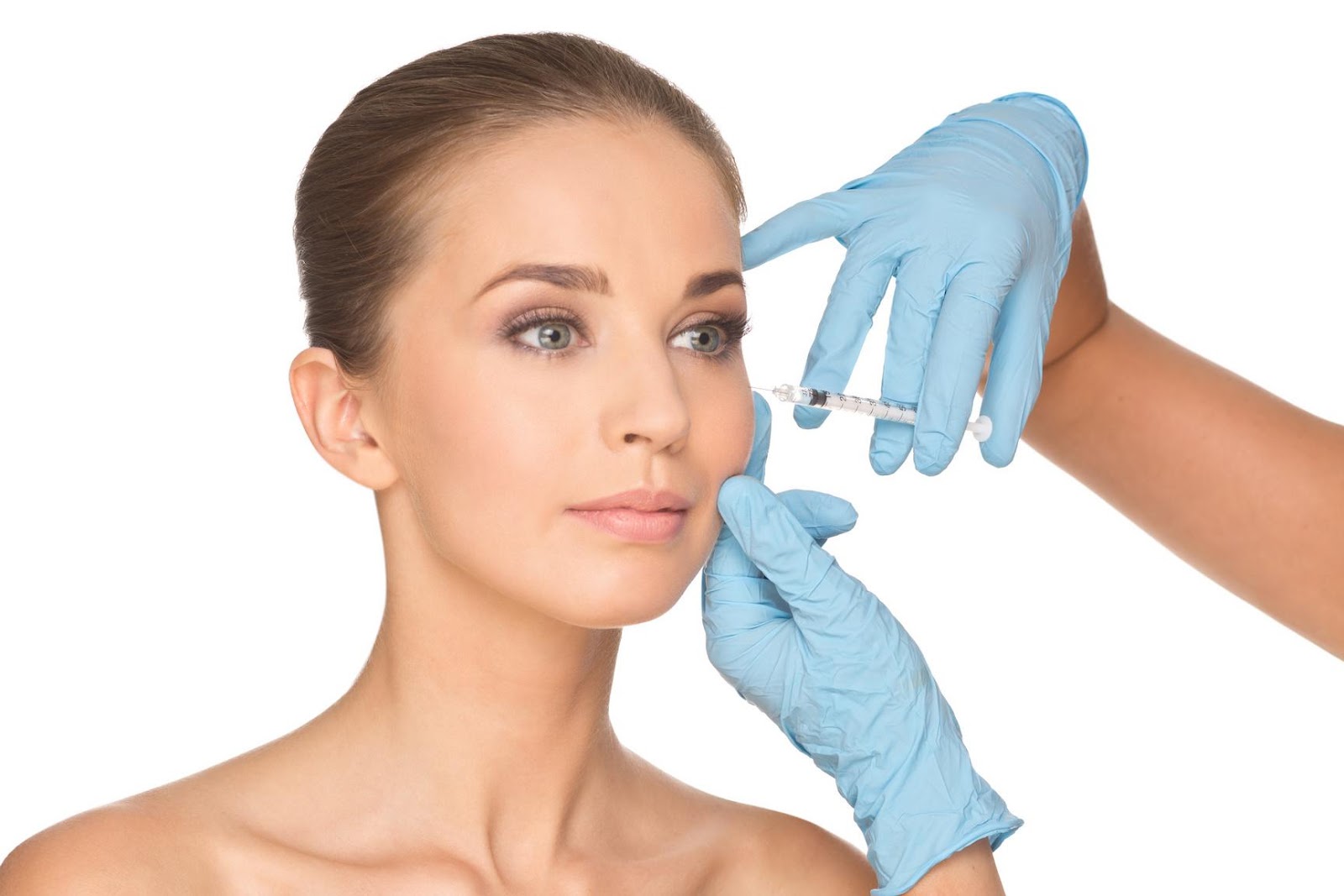
All images used under license from Canva. © APT Medical Aesthetics, 2025. All rights reserved.
When Swelling Signals Something More – Red Flags to Watch For
While it’s perfectly normal to see some puffiness or mild swelling around the eyes after a Botox® treatment—especially in patients with sensitive or reactive skin—not all swelling should be brushed off as routine. As injectors, it’s your clinical responsibility to recognize when swollen eyelids after Botox are part of the expected healing process and when they may be the early signs of something more concerning.
Although rare, complications such as Botox eyelid droop, unintended muscle paralysis, or even an inflammatory reaction can occur. The earlier you recognize and respond to these symptoms, the better the outcome for your patient—and your professional credibility.
Here are the clinical red flags that warrant further assessment.
- Asymmetrical or persistent swelling
Temporary puffiness should improve symmetrically within a few days. If the swelling is noticeably worse on one side, does not improve after 72 hours, or is accompanied by visible drooping or altered lid function, it may indicate an underlying complication that needs to be monitored closely. - Swelling that worsens after 5 days
Most post-injection swelling peaks within 24–48 hours and should gradually subside. Swelling that increases beyond five days may be a sign of an inflammatory response, allergic reaction, or early ptosis. This delayed progression should prompt a more thorough evaluation. - Blurred vision or a feeling of heaviness in one eye
If a patient reports vision disturbances or a dragging sensation in one eyelid, it could indicate that the botulinum toxin has diffused into the levator palpebrae superioris—the muscle responsible for lifting the upper eyelid. This is one of the key clinical markers of Botox eyelid droop and requires immediate assessment. - Visible ptosis of the eyelid or brow
True ptosis can be identified by a noticeable drooping of the upper eyelid or brow that affects facial symmetry and potentially interferes with vision. This is a more serious complication and should be distinguished from simple swelling. It typically appears 3–7 days post-injection and can last for several weeks. - Signs of infection or hypersensitivity
While infection after Botox is rare, it should never be ruled out. Look for signs like redness, warmth, tenderness, persistent pain, or systemic symptoms such as chills or fever. These require urgent clinical attention and potentially medical intervention.
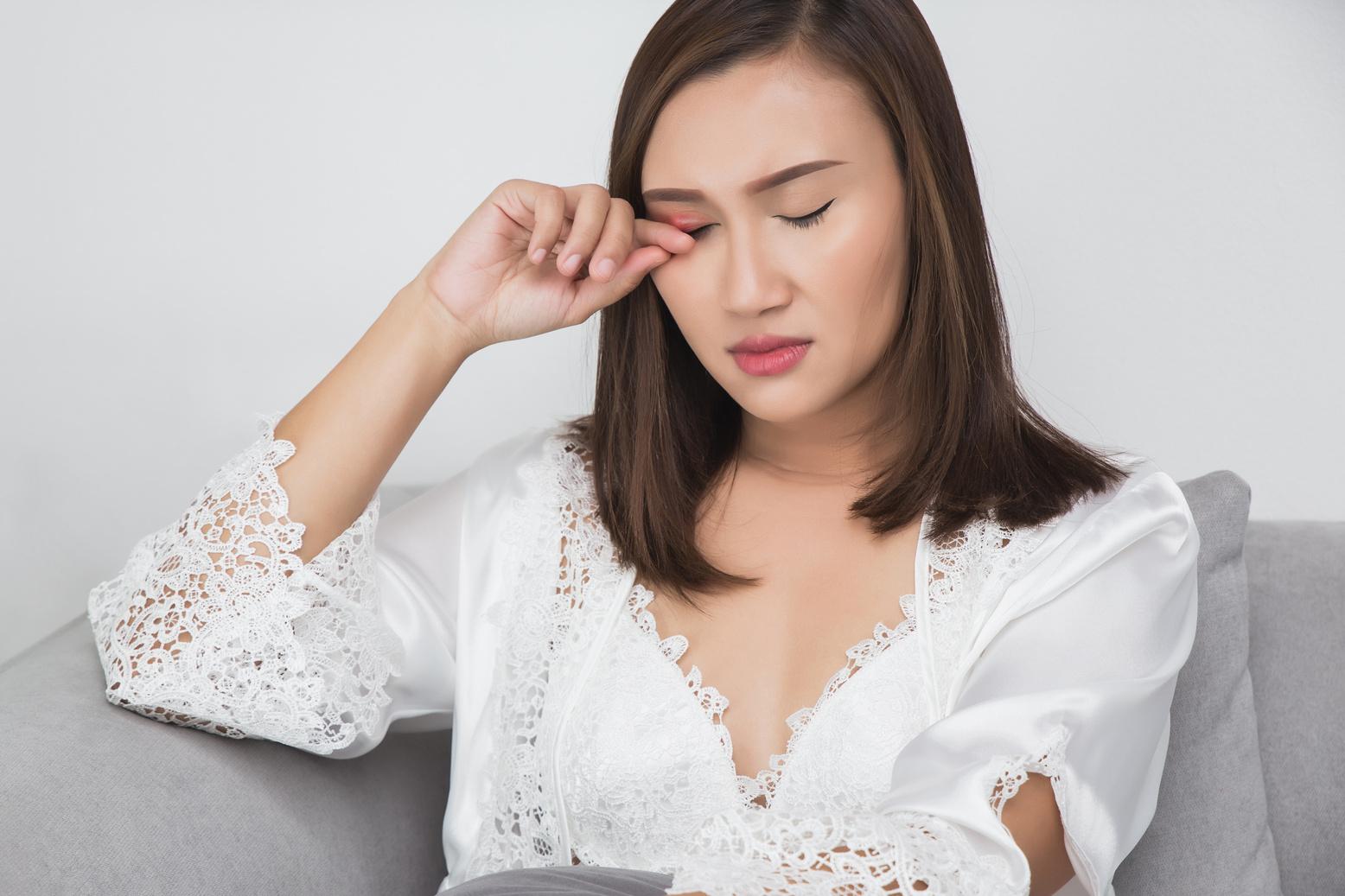
All images used under license from Canva. © APT Medical Aesthetics, 2025. All rights reserved.
What to Do When These Signs Appear
If any of the above symptoms are reported, prompt follow-up is essential. Begin with the following steps.
- Document the case thoroughly – Record all symptoms, injection details, lot numbers, and timelines.
- Take clinical photos – Visual documentation is invaluable for monitoring progression and guiding corrective action.
- Assess muscle function and symmetry – Have the patient perform active brow and lid movements to identify functional impairment.
- Reassure the patient while staying transparent – Explain what may be happening and what the next steps will be.
- Consider corrective measures – In cases of confirmed ptosis, topical alpha-adrenergic agonists (such as apraclonidine) may help temporarily lift the eyelid. In more complex cases, a follow-up plan or referral may be required.
By identifying these warning signs early, you not only protect your patient’s safety but also reinforce your clinical expertise and integrity. Managing swelling with a trained eye and calm, informed communication builds patient trust—and ensures your injectable practice remains rooted in both artistry and accountability.
Tips for Managing Swelling After Botox – What Injectors Can Do
Managing expectations is just as important as managing outcomes. Here are steps every injector should take to reduce swelling risk and reassure patients.
1. Use a fine-gauge needle
Smaller needles reduce trauma and minimize tissue disruption, especially in vascular areas.
2. Inject slowly and gently
Fast injections increase pressure and can trigger histamine-like responses in sensitive clients.
3. Avoid unnecessary manipulation
Don’t massage or apply excessive pressure around the eyes post-treatment.
4. Educate patients on aftercare
Advise patients to avoid lying flat for 4–6 hours and to skip hot yoga, saunas, or heavy lifting for 24 hours.
5. Reassure and follow up
Let clients know that mild swelling is common. Check in at 48–72 hours and schedule a two-week follow-up to assess final results and patient satisfaction.
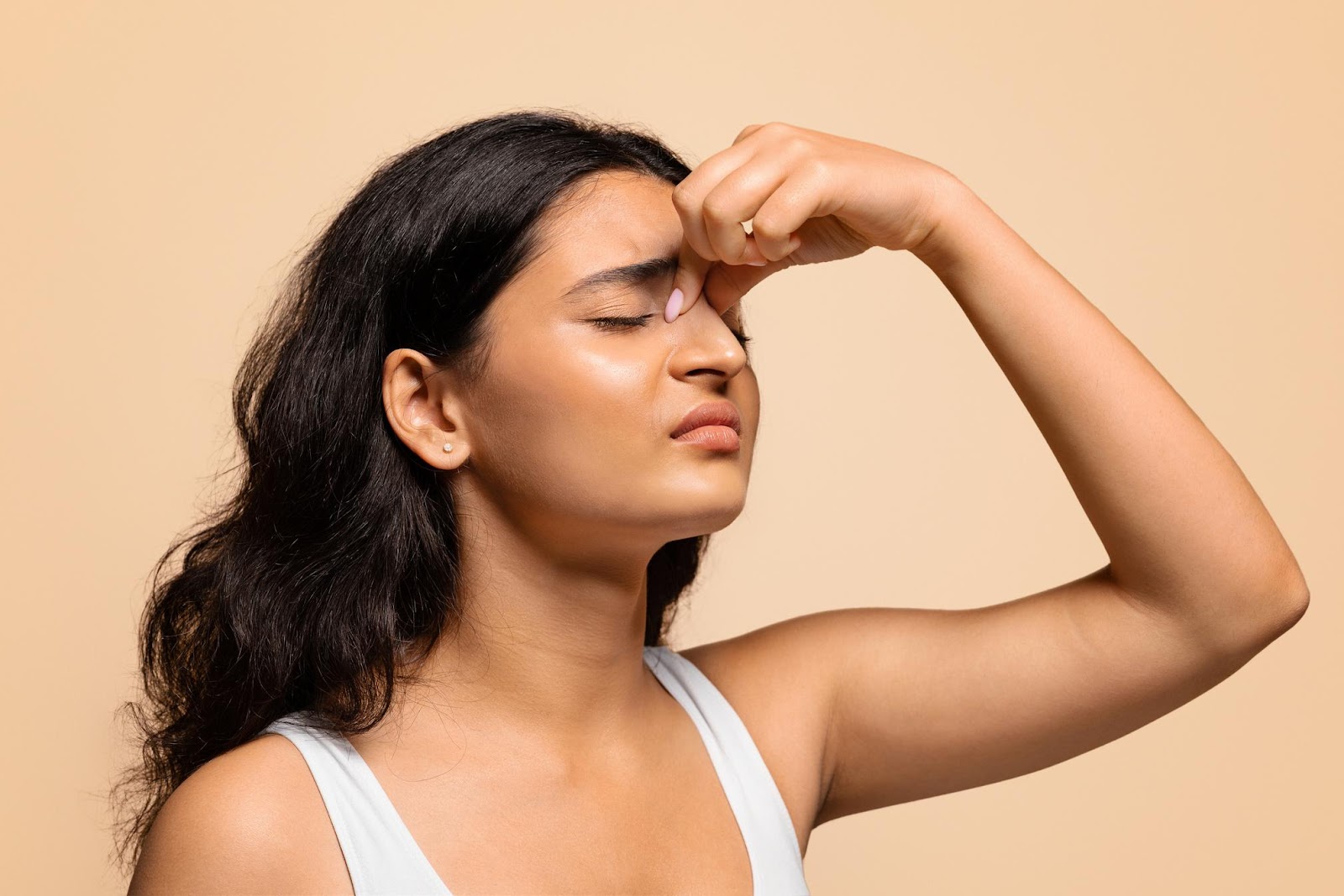
All images used under license from Canva. © APT Medical Aesthetics, 2025. All rights reserved.
FAQs – Swollen Eyelids and Botox
Q – How long do swollen eyelids typically last after Botox?
A – Normal post-treatment swelling usually peaks within 24–48 hours and resolves completely within 3–5 days.
Q – Can Botox cause permanent eyelid drooping?
A – No. Botox eyelid droop (ptosis) is temporary and typically lasts between 2–8 weeks. Prescription drops like apraclonidine may help lift the lid temporarily.
Q – Should I be worried if my patient texts me about swelling the next day?
A – Not necessarily. Ask for a description or photo, check for function (can they open and close their eye?), and determine if it’s symmetrical and mild. Most cases are benign and resolve without intervention.
Q – What causes Botox to migrate into unintended areas?
A – Improper depth, over-dilution, injecting too close to the orbital rim, or aggressive post-treatment manipulation can all contribute. Training in safe technique and injection zones is essential.
Ask Yourself This – Are You Confident Distinguishing Swelling From Complication?
When a patient messages you after treatment with puffiness or discomfort, do you feel confident assessing whether it’s expected swelling or something more serious?
Do you have the tools, training, and terminology to reassure your client—or are you second-guessing what to say?
Injectables are about more than technique—they’re about clinical reasoning, pattern recognition, and communication. And in high-sensitivity areas like the eyes, these skills become even more critical.
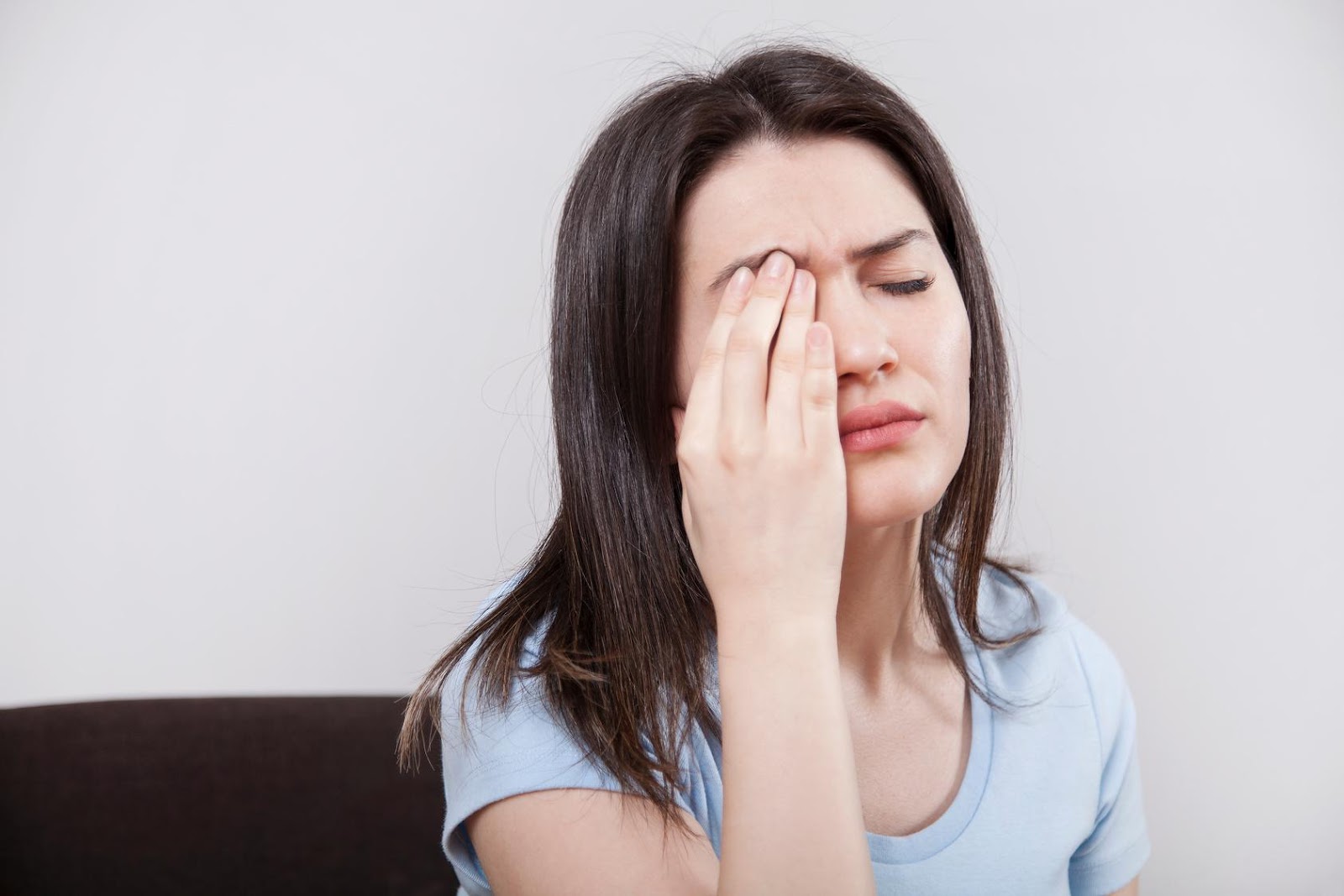
All images used under license from Canva. © APT Medical Aesthetics, 2025. All rights reserved.
The APT Injection Training Advantage – Clinical Skills for Real-World Scenarios
At APT Injection Training, we don’t just teach injection techniques. We prepare you for real clinical encounters—questions, concerns, complications, and all.
Our training programs include the following.
- Comprehensive education on facial anatomy and risk zones
- Hands-on injection experience on live models
- Complication recognition and management protocols
- Case studies, role-play, and mentorship from top industry clinicians
- Focused learning on high-risk areas like the periorbital region
Whether you’re training in beginner or intermediate neuromodulator techniques, we equip you with the tools to not only inject safely—but to respond with confidence and clarity when something doesn’t go as planned.
Join the Next Generation of Confident, Ethical Injectors
If you’re ready to build more than just your technique—if you want to grow your judgment, preparedness, and patient trust—then APT Injection Training is your next step.
Our courses are designed for regulated healthcare professionals ready to elevate their skills in injectables, from neuromodulators and dermal fillers to regenerative treatments like Radiesse®.
Train with Ontario’s most trusted aesthetic education provider and master the art and science of injectables.
📞 (289) 271-5718
✉️ info@aptinjectiontraining.com
🌐 aptinjectiontraining.com
Tips to be a
Successful Injector!
Free E-Book download
 Student Log in
Student Log in
 1267 Cornwall Rd, Unit 300, Oakville, Ontario L6J 7T5
1267 Cornwall Rd, Unit 300, Oakville, Ontario L6J 7T5

 (289) 271-5718
(289) 271-5718


